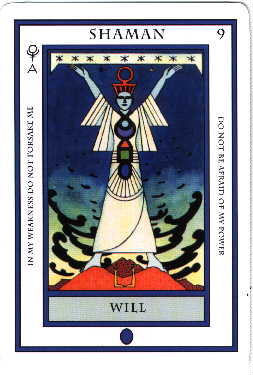In his The Ego and Its Own, Max Stirner (1806-1856) proposed “egoism” as a model for society and individuals. His rejection of state and religion in favor of property and the will strikes a familiar chord in his successor Nietzsche. But egoism is a model for ruthless hedonism, not watchful solitude.
Stirner does make an interesting point when he wonders why Jesus and Socrates, after denouncing the authorities and courting arrest and execution, did not flee to live another day, feeling themselves obligatory citizens of Jerusalem and Athens, subject to the moral authority of its corrupt powerbrokers. Why should they feel subordinate to worldly powers, wonders Stirner.
One might argue about the content of integrity, I suppose, or just plain logistics in small and populated areas. But it is true that flight or reclusion was the Eastern model — though it has little to do with Stirner’s “egoism.” “When the king is good, serve,” advised Confucius. “When the king is evil, recluse.” And Lao-tzu went one step further, retreating for the mountains like many a Taoist and Zen successor. As did, in effect, the Buddha in renouncing the world and eschewing martyrdom. A difference in the case of the Buddha, perhaps, was in not inciting or even vocalizing a prophetic denunciation of authorities as evil, evil being as much a cultural as an individual phenomenon.
The catch for Stirner, of course, is that a desire for freedom as he conceives of it requires absolute autonomy of will and ego. The ability to satisfy the caprices of desire become the measure of freedom. The necessity of defining this capacity in a busy social world or even in what Stirner would create — a “union of egoists” — will always be his undoing. This undoing results because of the essential disharmony represented by Stirner’s model of human nature and psychology. Stirner and his like-minded egoists will forever suffer what the Buddha called “thirst.”

